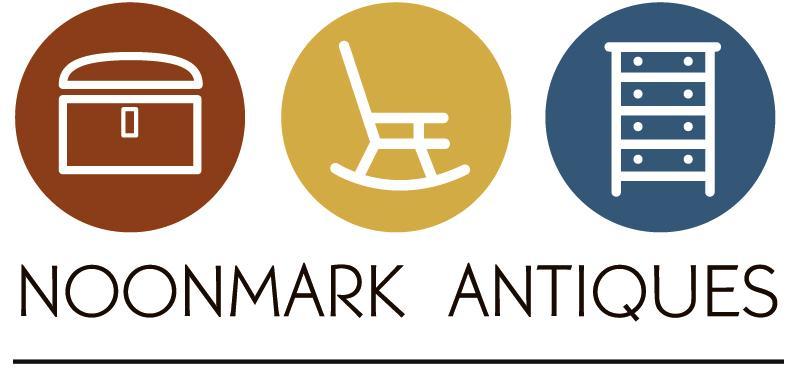Think back to when you were ten years old. Your numerical age is now double digits. You are no longer a little kid but you aren’t quite a teenager. You’ve attained a fair amount of rudimentary knowledge but are not old enough to be jaded by living life. You have a zest for adventure. Do you remember Nancy Drew and the Hardy Boys? Just enough thrills for a young mind to relish. Encyclopedia Brown was another favorite. Here was a kid who knew everything – hence his nickname. Encyclopedia had a knack for cracking codes.
I thought of this boy wonder when I first saw the Martha Cowperthwaite sampler. This sampler was a gift to the Historical Society of Moorestown, 12 High Street, Moorestown , NJ.
The Cowperthwaite line extends back to Hugh Cowperthwaite, Quaker minister, schoolteacher, and tailor, born in England. He and his wife Elizabeth immigrated to Flushing, New York in 1647. Their son John married Sara Adams and moved to Chester Township, Burlington County, New Jersey. John built a house on King’s Highway atop a hill along the Pennsauken Creek. John and Sara had eight children. Their first son Thomas, born in 1703 married Mary Burden (Borden.) Thomas and Mary also had eight children. Their third son William, born in 1745, married Hope Shreve and they lived in Burlington City, New Jersey.
Here is where I cracked the code. William and Hope’s son, William Cowperthwaite, Jr. married Martha Stratton, daughter of David Stratton and Rebecca Owen. Both William and Martha were born in 1770. They married in 1797 and had ten children, including a daughter named Martha. The names match the initials.
WC –William Cowperthwaite-father (born 1770 died 1812)
MC – Martha Cowperthwaite, mother (born 1770 died 1812)
SC- Sabilla Cowperthwaite 1ist daughter (born 1797)
HC – Hannah Cowperthwaite – 2nd daughter (born 1799)
RC –Rebecca Cowperthwaite – 3rd daughter (born 1800)
JC – Job Cowperthwaite – 1st son (born 1801)
SC – Sarah Cowperthwaite- 4th daughter (born 1803)
AC – Ann Cowperthwaite -5th daughter ( born 1805)
WC – William Cowperthwaite – 2nd son (born 1807)
BM – Baby Martha – to distinguish from Mother Martha 6th daughter (born 1809)
JC – John Cowperthwaite and
JC –Joseph Cowperthwaite twin sons (born 1811)
At first glance, this sampler looks like a tribute to Martha’s family. On further investigation, I see something grim. Mother Martha died January 10, 1812 not a year after her twin boys were born. Her husband William died July 10, 1812. Baby Martha was three years old when her parents died and barely knew them. Imagine the situation: ten siblings had no parents during the War of 1812. Martha created this sampler six years after her parent’s death. Perhaps it was a way to preserve her family by the simple stitching of twelve pairs of initials.

